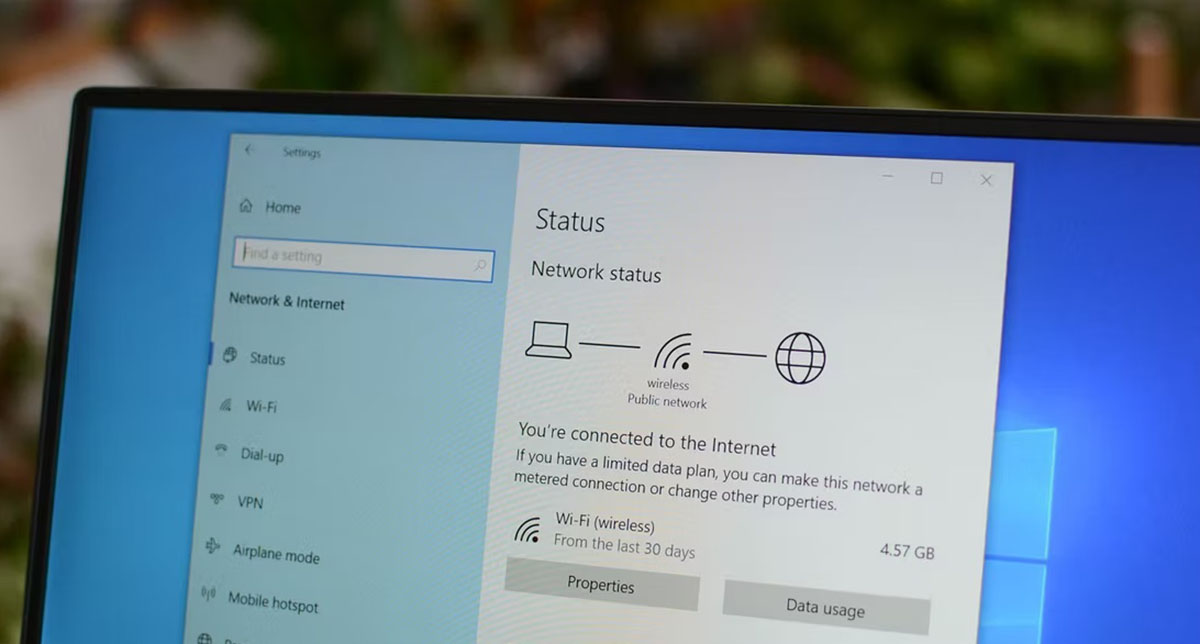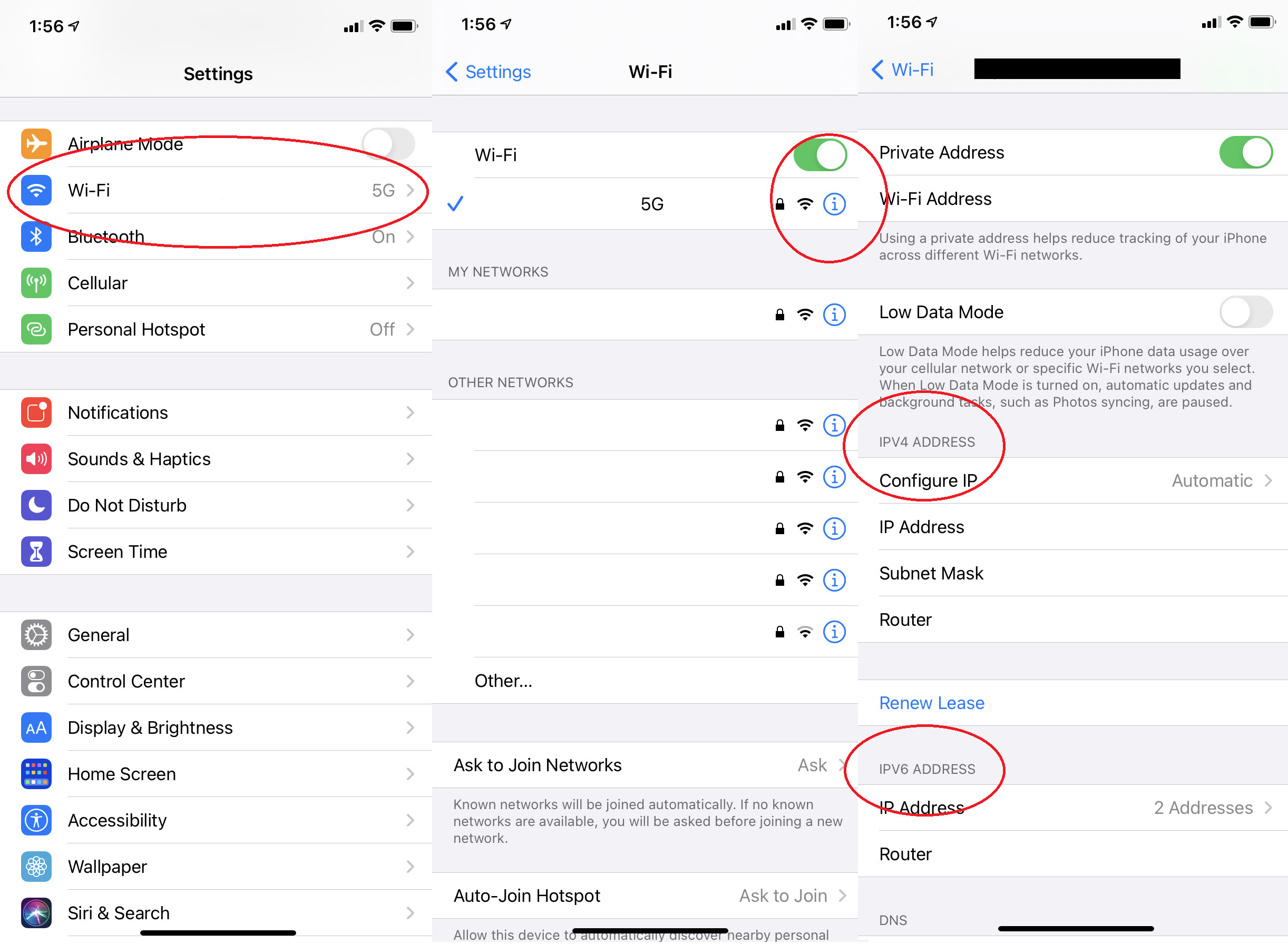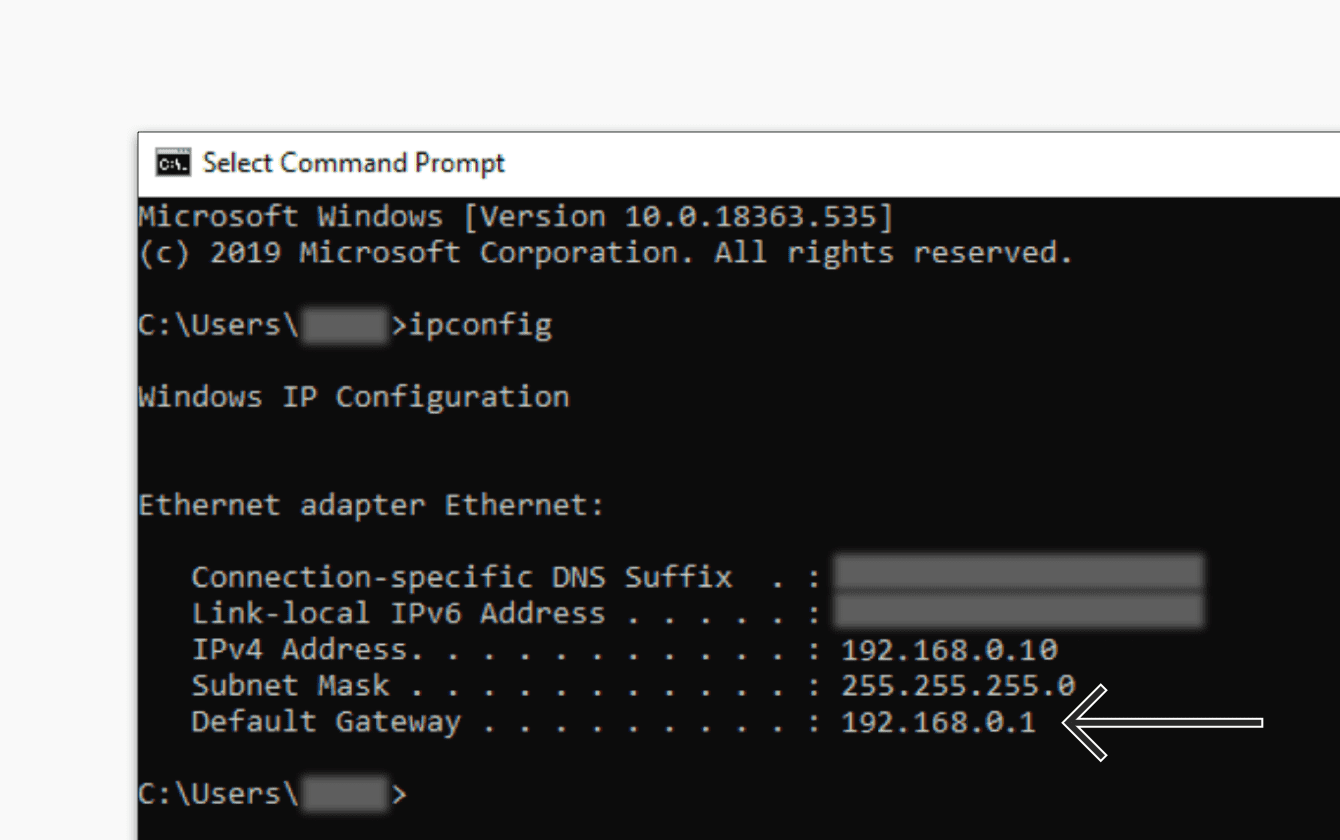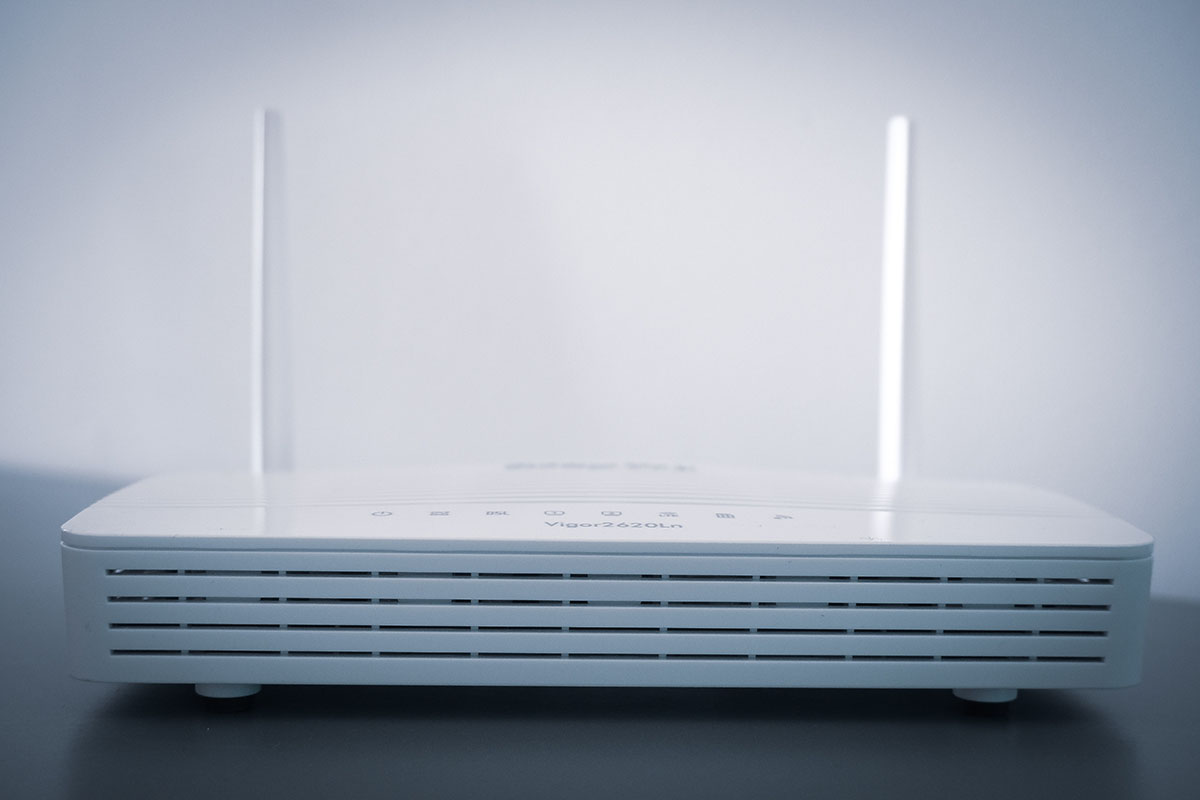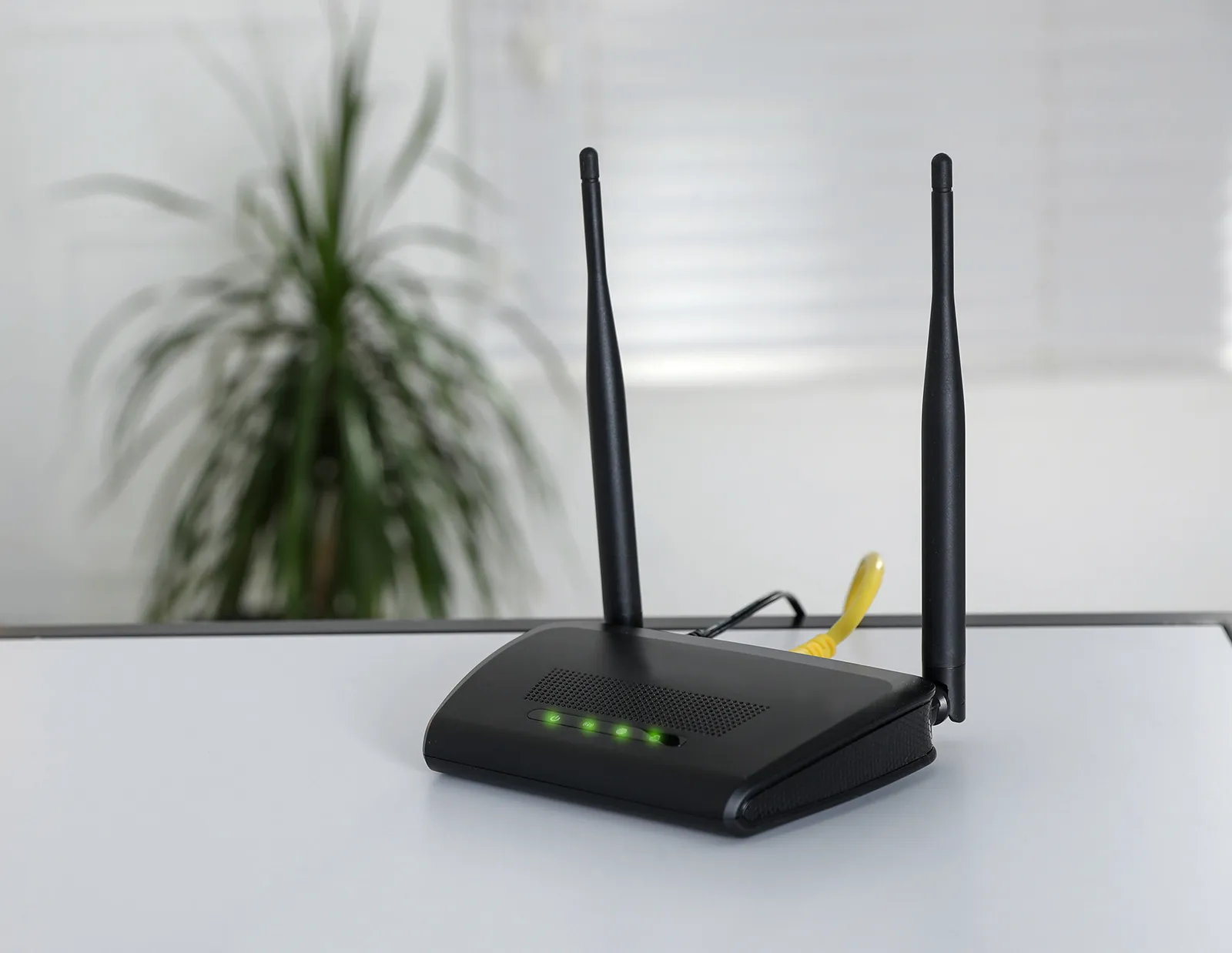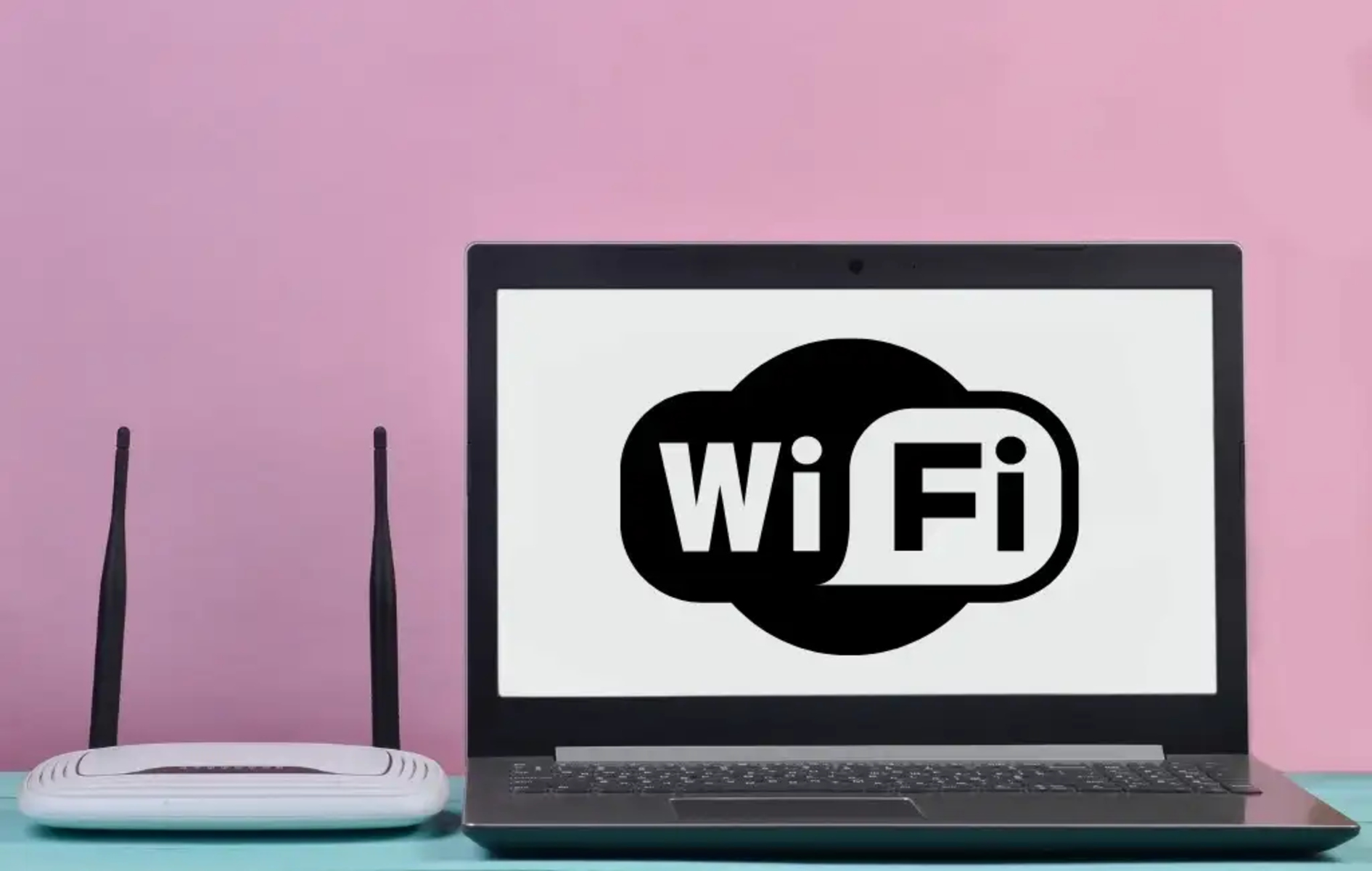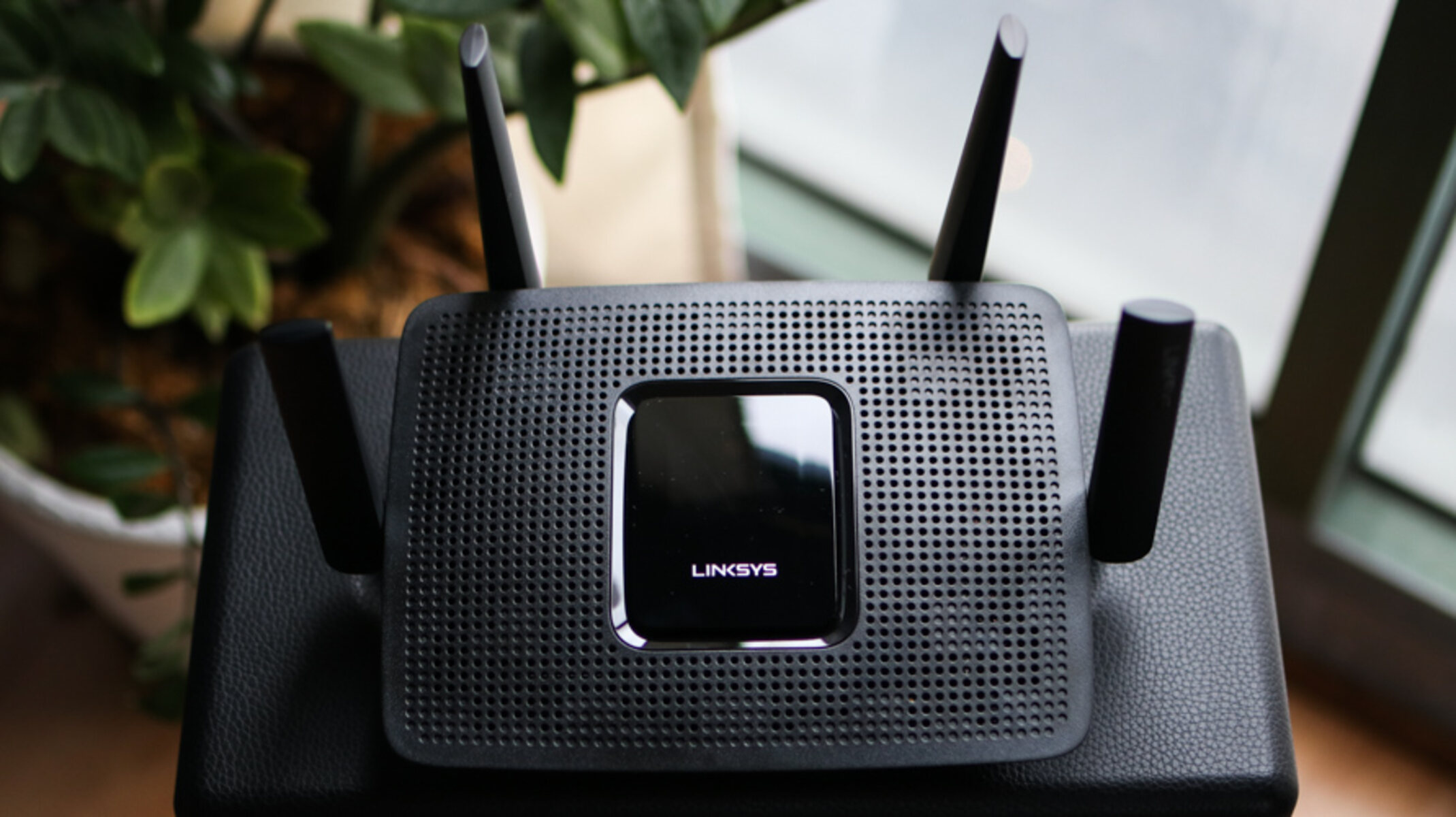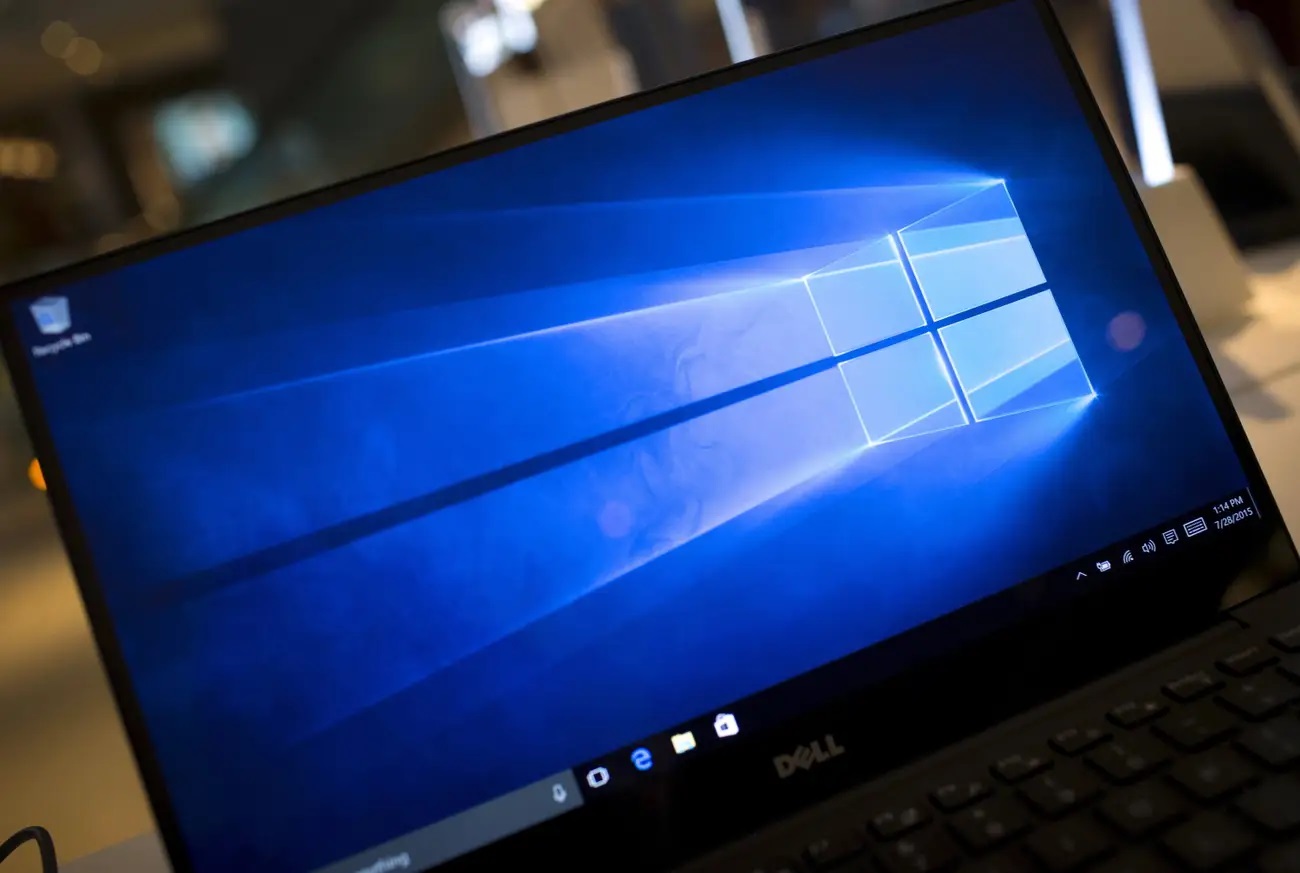Introduction
In the digital age, every device that connects to the internet is assigned a unique identifier known as an IP address. This address serves as a virtual location for the device on a network, allowing it to send and receive data. Whether you’re troubleshooting network issues or need to configure specific settings, knowing how to find the IP address of your device is essential.
Understanding IP addresses can seem daunting at first, but it’s actually quite simple. An IP address consists of a series of numbers separated by periods, such as “192.168.0.1” or “10.0.0.2”. These numbers provide distinct identification for devices on both local and wide area networks.
In this article, we will guide you through the process of finding the IP address on various devices and operating systems. Whether you’re using a Windows PC, a Mac, an iOS device, an Android phone, or even a Linux machine, we’ve got you covered. Additionally, we’ll also show you how to find the IP address of your router, which is vital for configuring network settings and managing connected devices.
Knowing your device’s IP address can be helpful in a multitude of situations. For example, you may need it to set up port forwarding for gaming, to access a networked printer, or to troubleshoot issues related to network connectivity. By following the step-by-step instructions provided in this guide, you’ll be able to find the IP address of your device with ease.
Throughout the rest of this article, we will walk you through the process of finding the IP address on various devices and operating systems. So, whether you’re a tech-savvy enthusiast or a newbie to the world of networking, keep on reading to learn how to find your device’s IP address.
Understanding IP Addresses
Before we dive into the details of finding IP addresses on different devices, it’s important to have a basic understanding of what an IP address is and how it works.
An IP address, which stands for Internet Protocol address, is a unique numerical label assigned to each device connected to a network. It serves two primary purposes: identifying the host or network interface and providing the location of the device on a network.
There are two types of IP addresses: IPv4 and IPv6. IPv4 addresses are the most common and consist of a series of four sets of numbers, each ranging from 0 to 255, separated by periods. For example, 192.168.0.1 is an IPv4 address. However, due to the rapid growth of internet-connected devices, the pool of available IPv4 addresses is running out. This led to the development of IPv6 addresses, which are longer and use a different numbering system to accommodate a much larger number of devices. IPv6 addresses consist of eight groups of four hexadecimal digits separated by colons.
The IP address allows devices to communicate with each other using the Internet Protocol, which is responsible for routing and delivering data packets across networks. When you send or receive data over the internet, it gets divided into smaller packets and sent through different routers and switches until it reaches its destination. IP addresses are used to ensure the packets are delivered to the correct device.
IP addresses can be either static or dynamic. A static IP address is manually assigned to a device and remains the same over an extended period of time. This is often used for servers, printers, and other devices that require a consistent address. On the other hand, dynamic IP addresses are automatically assigned by a Dynamic Host Configuration Protocol (DHCP) server and can change periodically. Most devices connected to home networks, such as computers, smartphones, and tablets, use dynamic IP addresses.
Knowing how IP addresses work and what type of address your device is using is crucial when troubleshooting network issues, setting up port forwarding, or configuring devices on a network. By understanding the fundamentals of IP addresses, you can effectively manage and troubleshoot your network connections.
How to Find the IP Address on Windows
Finding the IP address on a Windows computer is a straightforward process. Here are the steps to follow:
- Open the Start menu and type “cmd” in the search bar to open the Command Prompt.
- In the Command Prompt window, type “ipconfig” and press Enter. This command displays detailed information about your network connections.
- Look for the “IPv4 Address” or “IPv6 Address” under the network adapter you’re using, such as Ethernet or Wi-Fi. The IP address will be displayed next to either of these titles.
- If you have multiple network adapters, such as both wired and wireless connections, make sure to check the IP address for the correct adapter.
- Alternatively, you can also find the IP address by right-clicking on the network icon in the taskbar and selecting “Open Network & Internet settings”. In the Settings window, click on “Change adapter options”. Right-click on your network adapter and select “Status”. Then, click on “Details”, and your IP address will be listed under “IPv4 Address” or “IPv6 Address”.
Once you have found the IP address on your Windows computer, you can use it to access devices or services on your network, troubleshoot network issues, or configure advanced network settings.
It’s important to note that the IP address provided by the ipconfig command is a local IP address assigned by your router or DHCP server. This IP address allows your device to communicate within your local network. If you want to find your public IP address, which is the address that identifies your device on the internet, you can simply search for “What is my IP address?” in a web browser, and various websites will display your public IP address.
Now that you know how to find the IP address on a Windows computer, you can easily retrieve this information whenever you need it. Whether you’re configuring network settings, setting up a printer, or troubleshooting network connectivity, knowing your IP address is a valuable piece of information for managing your Windows device on a network.
How to Find the IP Address on Mac
If you’re using a Mac computer, finding the IP address is a simple process. Here’s how you can do it:
- Click on the Apple menu in the top-left corner of the screen and select “System Preferences.”
- In the System Preferences window, click on “Network.”
- Select the network connection you’re using, such as Wi-Fi or Ethernet, from the left sidebar.
- In the right pane, you’ll see the IP address listed under the connection status. It will be labeled as “IPv4 Address” or “IPv6 Address” depending on the type of IP address you have.
- Alternatively, you can also find the IP address by clicking on the Wi-Fi or Ethernet icon in the menu bar at the top of the screen. Then, choose “Open Network Preferences.” In the Network Preferences window, select your network connection and view the IP address under the “Status” section.
Once you have located the IP address on your Mac computer, you can use it to access devices or services on your network, troubleshoot network issues, or configure advanced network settings.
The IP address displayed on your Mac is the local IP address assigned by your router or DHCP server, which allows your device to communicate within your local network. If you want to find your public IP address, which is the address that identifies your device on the internet, you can easily find it by searching for “What is my IP address?” in a web browser. Several websites can provide you with your public IP address.
Now that you know how to find the IP address on a Mac, you can easily retrieve this information whenever you need it. Whether you’re setting up network devices, troubleshooting connectivity issues, or configuring network settings, knowing your IP address is essential for managing your Mac on a network.
How to Find the IP Address on iOS
If you’re using an iOS device, such as an iPhone or iPad, finding the IP address is a simple process. Here’s how you can do it:
- Open the Settings app on your iOS device.
- Scroll down and tap on “Wi-Fi.”
- Tap on the connected Wi-Fi network that you are using. This will display detailed information about the network settings.
- Among the network details, you will find the IP address listed next to “IP Address”. The IP address will be a combination of numbers separated by periods.
Once you have found the IP address on your iOS device, you can use it to access devices or services on your network, troubleshoot network issues, or configure advanced network settings.
It’s important to note that the IP address provided on your iOS device is the local IP address assigned by your router or DHCP server. This IP address allows your device to communicate within your local network. If you want to find your public IP address, which is the address that identifies your device on the internet, you can simply search for “What is my IP address?” in a web browser, and various websites will display your public IP address.
Now that you know how to find the IP address on an iOS device, you can easily retrieve this information whenever you need it. Whether you’re configuring network settings, troubleshooting network connectivity, or accessing networked devices, knowing your IP address is crucial for managing your iOS device on a network.
How to Find the IP Address on Android
Finding the IP address on an Android device is a straightforward process. Here’s how you can do it:
- Open the Settings app on your Android device.
- Scroll down and tap on “Wi-Fi” or “Network & Internet,” depending on your device’s version of Android.
- Tap on the connected Wi-Fi network that you are using. This will open the network settings for that Wi-Fi network.
- Among the network details, you will find the IP address listed as “IP address.” The IP address will be a combination of numbers separated by periods.
Once you have found the IP address on your Android device, you can use it to access devices or services on your network, troubleshoot network issues, or configure advanced network settings.
It’s important to note that the IP address provided on your Android device is the local IP address assigned by your router or DHCP server. This IP address allows your device to communicate within your local network. If you want to find your public IP address, which is the address that identifies your device on the internet, you can simply search for “What is my IP address?” in a web browser, and various websites will display your public IP address.
Now that you know how to find the IP address on an Android device, you can easily retrieve this information whenever you need it. Whether you’re configuring network settings, troubleshooting network connectivity, or accessing networked devices, knowing your IP address is crucial for managing your Android device on a network.
How to Find the IP Address on Linux
If you’re using a Linux machine, finding the IP address is a simple process. Here’s how you can do it:
- Open a terminal window. You can usually find the terminal application in the “Utilities” or “Accessories” folder of your Linux distribution’s application menu.
- In the terminal, type “ifconfig” and press Enter. This command displays detailed information about your network interfaces.
- Look for the network interface you’re using, such as “eth0” for Ethernet or “wlan0” for Wi-Fi. Under the interface, you’ll find the IP address listed as “inet addr” or “inet”. The IP address will be a combination of numbers separated by periods.
- If the “ifconfig” command is not available on your Linux distribution, you can use the “ip addr” command instead. The output will be similar, with the IP address listed under the appropriate network interface.
Once you have located the IP address on your Linux machine, you can use it to access devices or services on your network, troubleshoot network issues, or configure advanced network settings.
It’s important to note that the IP address provided by the ifconfig or ip addr command is the local IP address assigned by your router or DHCP server. This IP address allows your Linux machine to communicate within your local network. If you want to find your public IP address, which is the address that identifies your machine on the internet, you can simply search for “What is my IP address?” in a web browser, and various websites will display your public IP address.
Now that you know how to find the IP address on a Linux machine, you can easily retrieve this information whenever you need it. Whether you’re configuring network settings, troubleshooting network connectivity, or accessing networked devices, knowing your IP address is crucial for managing your Linux machine on a network.
How to Find the IP Address on a Router
Finding the IP address of your router is essential for managing and configuring your network settings. Here are the steps to find the IP address on a router:
- Open a web browser on a device that is connected to your network. It can be a computer, smartphone, or tablet.
- In the address bar, enter the IP address “192.168.0.1” or “192.168.1.1” and press Enter. These are the default IP addresses for many routers, but they may vary depending on the router brand and model. If these IP addresses don’t work, you can find the specific IP address for your router in the user manual or by searching online for your router’s make and model.
- A login page for your router’s administrative interface will appear. You will need to enter the username and password to access the router settings. If you haven’t changed the default login credentials, consult the router’s documentation for the default username and password. If you have changed the login credentials and don’t remember them, you may need to perform a factory reset on the router to gain access.
- Once you have successfully logged in, you will be able to view and manage various settings for your router. Look for a section called “Network,” “LAN,” or “Connection” where you can find the router’s IP address listed.
- If you still can’t find the IP address on your router’s web interface, you can use the command prompt or terminal on your computer to check. Open the command prompt or terminal and type “ipconfig” on Windows or “ifconfig” on Linux or Mac. Look for the “Default Gateway” entry, and the IP address displayed next to it will be the IP address of your router.
Once you have found the IP address of your router, you can use it to access the router’s administrative interface and configure various network settings. This includes managing connected devices, setting up port forwarding, configuring network security, and more.
It’s important to note that the IP address provided for the router is its local IP address on your network. This internal IP address is used for communication between devices on your local network. The public IP address, which is the address that identifies your network on the internet, is assigned by your Internet Service Provider (ISP) and can be found by searching for “What is my IP address?” in a web browser.
Now that you know how to find the IP address on a router, you can easily access the router settings and manage your network configurations. Whether you’re troubleshooting network issues or setting up advanced network features, having access to the router’s IP address is essential for network management.







